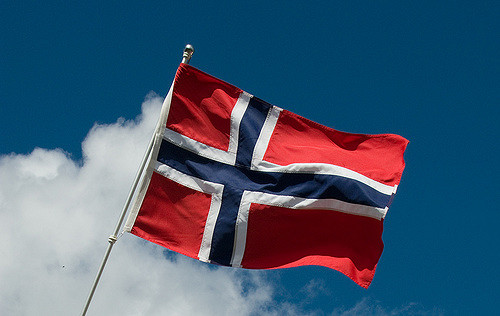Of the 480 Irish defined benefit (DB) pension schemes, the largest 30 schemes represent over 50 per cent of the assets and liabilities of the schemes, Pensions Authority data has revealed.
Pensions Authority director, John Gethin, provided an overview of the latest Pensions Authority data across all schemes at the Irish Association of Pension Funds (IAPF) Winter Conference Online today, 27 November.
The Irish pensions market is undergoing a period of extensive consolidation with the Pensions Authority pushing for consolidation across all pension schemes as a result of the implementation of the EU’s IORP II Directive.
On the DB side, the number of schemes has decreased from 766 in 2023 to 480 in 2023.
“Of the 480, the top 50 represent 35 per cent of the liabilities and assets and the top 30 represent over 50 per cent, so there is some quite some concentration with a smaller number of schemes,” Gethin noted.
Since 2018, DB scheme liabilities have decreased from €61.1bn to €49.4bn in 2023, which he said is a “consequence of the interest rises and changes since 2018”. He also noted that there are currently “no schemes in deficit”, which is a “marked change from 2013” when the deficit of schemes totalled €9.1bn.
He continued: “One point of interest here is there is a very long tail of small schemes… a question may raise over the coming while of the ability of those small schemes to comply.
“One of the areas that we are working on is the feasibility of identifying a potential consolidation solution. There’s a big question behind that as to whether it is ever possible and it is something that we are looking at.”
On one member arrangements (OMA), he said there has been a 92 per cent decrease in non-derogated OMAs between 1 January 2023 (18,500) and 1 October 2024 (1,528), and “it is very much heading towards the desired end state”.
There has also been a 28 per cent decrease in group defined contribution schemes over the same period (17,500 down to 12,569) and a 19 per cent decrease in derogated OMAs (123,000 down to 99,651), “so still some way to go”.
“We are hearing from industry that for all OMAs the endzone is zero,” he said.
“Other things that we are picking up is that within the non-derogated OMAs we are hearing that a number should be in the derogated list but again, it is not substantial.”
He also reiterated the April 2026 deadline for OMAs to comply with IORP II.
On the group DC side, Gethin said “we’re hearing from industry that the end game is roughly 500 schemes or less, which means there are about 12,000 that still need to go through consolidation.”
Latest News
-
Top 30 Irish DB schemes represent over 50% of assets and liabilities - Pensions Authority
-
Pension funds now primary contributors to impact investments, report finds
-
City of Oslo finds discrepancies in SPK reporting of Oslo teachers’ pensions
-
Aviva Investors launches third LTAF
-
‘Frank discussion’ needed with industry on product costs – EC’s Haag says
-
Govt reforms and education ‘key’ to tackling Europe’s pension challenges
Podcast: Stepping up to the challenge

In the latest European Pensions podcast, Natalie Tuck talks to PensionsEurope chair, Jerry Moriarty, about his new role and the European pension policy agenda
Podcast: The benefits of private equity in pension fund portfolios

The outbreak of the Covid-19 pandemic, in which stock markets have seen increased volatility, combined with global low interest rates has led to alternative asset classes rising in popularity. Private equity is one of the top runners in this category, and for good reason.
In this podcast, Munich Private Equity Partners Managing Director, Christopher Bär, chats to European Pensions Editor, Natalie Tuck, about the benefits private equity investments can bring to pension fund portfolios and the best approach to take.
In this podcast, Munich Private Equity Partners Managing Director, Christopher Bär, chats to European Pensions Editor, Natalie Tuck, about the benefits private equity investments can bring to pension fund portfolios and the best approach to take.
Mitigating risk
BNP Paribas Asset Management’s head of pension solutions, Julien Halfon, discusses equity hedging with Laura Blows
© 2019 Perspective Publishing Privacy & Cookies








Recent Stories